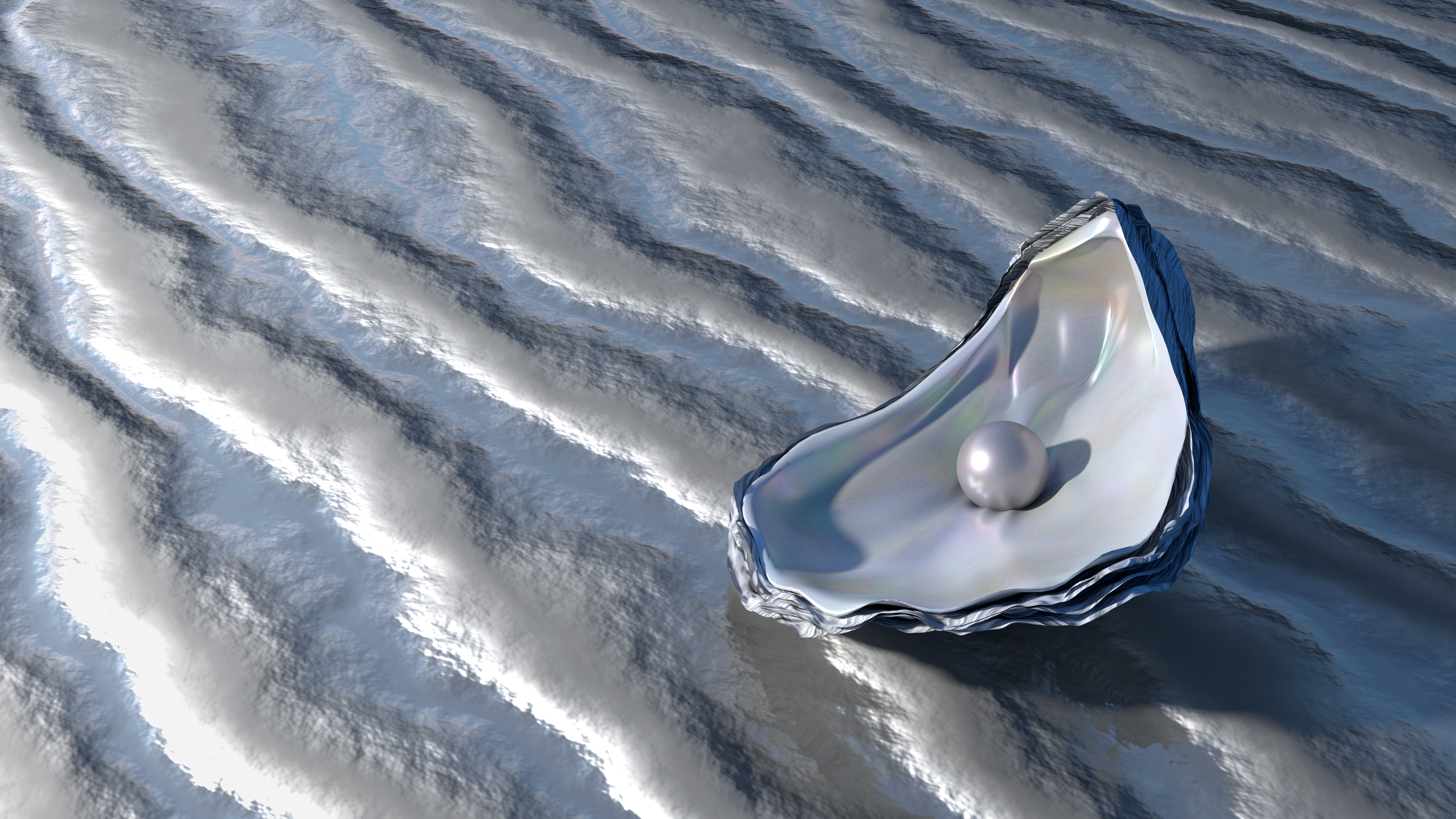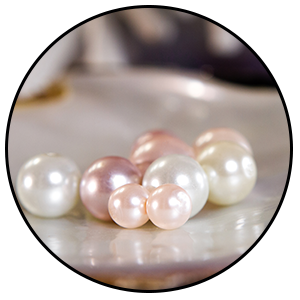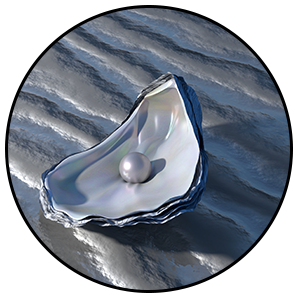What is pearl?
Pearl or the ancients also known as Trân Châu, is a hard, spherical object created by some animals, mainly mollusks like oyster. Pearls are used for jewelry and are also powdered for use in cosmetics. Pearls are considered to be a gemstone and are raised and harvested for jewelry making. Eastern medicine industry said that pearls have a slightly sweet taste, can coordinate to treat seizures, sedation, detoxify, dissolve the brown clouds around the eyes, obstacles circulating tears, tinnitus , dizzy…
Prior to the 20th century, oyster catching to get pearl was the most common way to harvest pearls. Divers often collect oyster / clams from the seabed or riverbed and check each one individually for pearls. Not all oyster / mussels could naturally produce pearls. Normally, a batch of 3 tons of oyster can only find 3 or four ones with the perfect, remaining pearls are countless pearl of different shapes and sizes. [Quoc An facility has gone through all of that from catching oyster and pecking for pearls then raising and producing pearl from the live oysters and trading pearl jewelry].
Geophysical exploration in Vietnam is mentioned in history, perhaps the most famous of which is stated in the independence declaration of Binh Ngo Dai Cao of Nguyen Trai King, in which Nguyen Trai denounced exploitation by the Ming invaders. Vietnamese people were forced to go into the sea to find pearls to tribute to the Ming Dynasty.
However, today almost all pearl jewelry is cultured pearl. Usually the nucleus implanted in a oyster / mussel made from their shell. It was polished with a small piece and implanted into genitals to catalyze pearl production. Oyster in the South Sea and Tahiti survived in the first pearl mining , they will be transplanted bigger and released back into the water for another 2-3 years. The method of producing Mikimoto pearls was developed by a group of scientists from Tokyo University between 1907-1916 and the culture technology was not copyrighted by Mikimoto. The team is lead by Nishikawa and Tátuhei Mise. Nishikawa was licensed a technology in 1916 and married Mikimoto’s daughter. Mikimoto was able to use this technology after the license expired in 1935. After the patent was granted in 1916, Tatsuhei’s younger brother was the first to produce the first commercial pearl of Akoya. Mitsubishi immediately applied this technology to the South Sea oysters in 1917 in the Philippines, and later in Buton and Palau. Mitsubishi was the first to produce cultured pearls in the South Sea, although it was not until 1931 that the first commercial pearls were successfully produced. This technology was applied to commercial production of Tahiti black pearls in the 1970s.
Natural features
The gloss of a pearl depends on the reflection and refraction of light from the translucent layers and the beauty of the pearl is proportional to the thickness and variety of the translucent layer. The dispersion of iridescent colors that some pearls produce is due to the overlap of layers that continuously scatter light onto the surface. Pearls are usually white, sometimes creamy or pinkish and may be tinged in yellow, green, brown, purple or black.
Freshwater and saltwater pearls
Pearls are of two types: freshwater and sea pearl. Freshwater pearls are created by mussels in lakes, rivers, and other freshwater places. Most freshwater pearls today are produced by China. In contrast, sea pearls are created by scallops and oysters living in bays. Akoya, Tahiti, and Nanhai are the three main types of sea pearls. In Vietnam, pearls are cultured on Co To Island (Quang Ninh), Nha Trang (Khanh Hoa), Phu Quoc Island …
Currently, with the advanced technology of production science, the culture is applied in pearl production. Therefore, Pearl will be classified as: Natural and cultured pearls. About properties the both is almost same but different in natural and aesthetic value.
Source cited: wikipedia
Source: wikipedia



